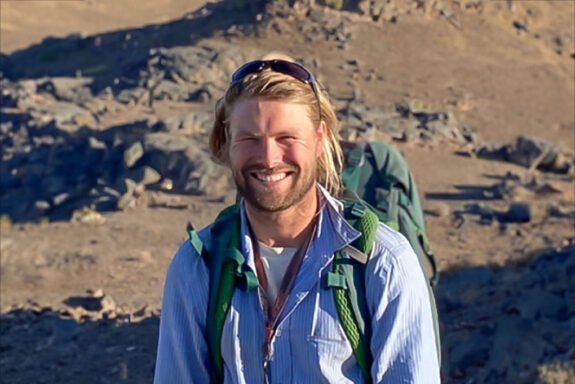Life + Environments
- Geobiology
- Stratigraphy + Fossil Records
- Paleogenetics + Horizontal Gene Transfer
- Paleoclimatology
- Biogeochemistry
- Microbiology
- Ecosystems
- Mass Extinctions
- Extreme Environments + Astrobiology

Questions That Drive Us
When did photosynthesis begin? How did life evolve and how does it continue to adapt to changes in the environment? What caused mass extinctions of the past? Could we be approaching another? Can we find biosignatures in the atmospheres of distant exoplanets? Or in the rocks of Mars? Ultimately, is life unique to Earth?
The Work We Do
Life on Earth emerged over 3.5 billion years ago, yet surprisingly little is understood about how it began and took hold. Studying past patterns of the Earth’s biosphere expands our understanding of the interconnected systems that sustain us, and the environmental changes that we experience today—providing vital context to help guide our future.
The complex interactions we study between the physical and biological worlds require a rigorous interdisciplinary approach. From a sophisticated application of phylogenetics and DNA sequencing to trace the tree of life, to detailed ocean circulation models that describe the sizable influence of marine microbes on their environment. From breakthroughs in understanding the origins of photosynthesis and our oxygenated atmosphere, to isotopic analysis of fossils and sediments for clues to the environmental conditions of the early Earth. From the study of bacteria living in caustic deep sea vents, to probing the atmosphere of Venus for signs of life designed to live in extreme environments.


